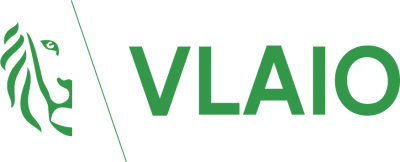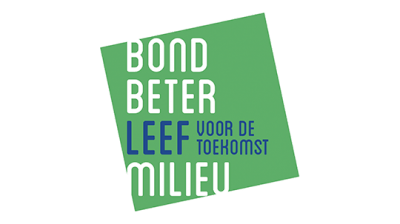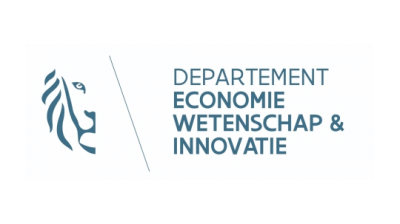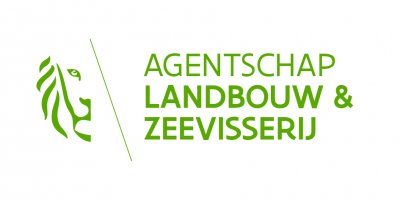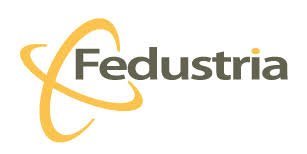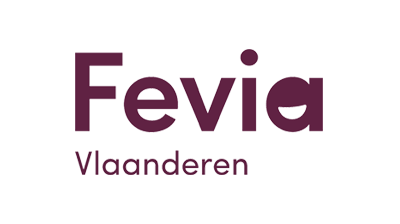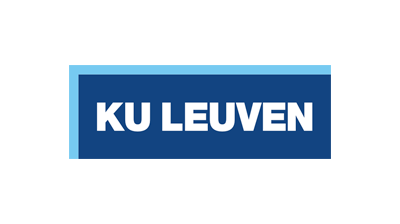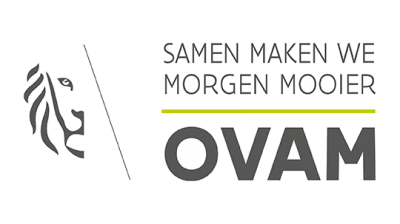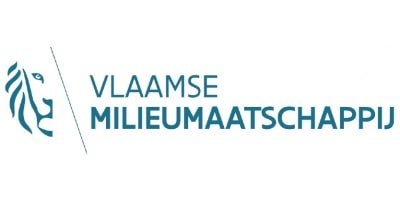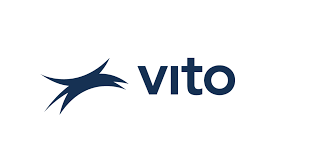Basic principles
Transparency and collaboration
Transparency in processes, material composition and use provides insight into the entire construction chain. Loopholes can be detected more easily. Collaborations in turn prevent waste and unnecessary storage of materials and / or equipment.
SHARING MORE
Examples of sharing materials and devices:
- Werflink strives for less wastage of residual material, fewer emissions and less waste. On the online sharing platform, construction companies and sites can share material, infrastructure and material surpluses at a local level.
- Opalis facilitates the reuse of materials in construction and renovation projects. The site provides an overview of the professional operators who sell construction materials derived from the dismantling of old facilities or buildings.
MATCH MAKING
Partnerships between stakeholders in different links of the circular chain increase the growth potential and close cycles within the construction sector.
Example: Miss Miyagi developed a digital real estate platform to match buildings, users and investors with each other. On the one hand, buildings that cannot be commercially redeveloped will be given a new socially relevant and economically profitable use; on the other hand, highly diverse raw materials (including materials, energy and space) will be reused.
Example: Open Promotor Platform. In a circular economy, not only materials but also built-up spaces must be recovered as much as possible. Too often the need for space is translated into extra cubic metres, instead of rediscovering the potential of the existing real estate. The platform looks for sustainable strategies for improving the life cycle of the built environment.

